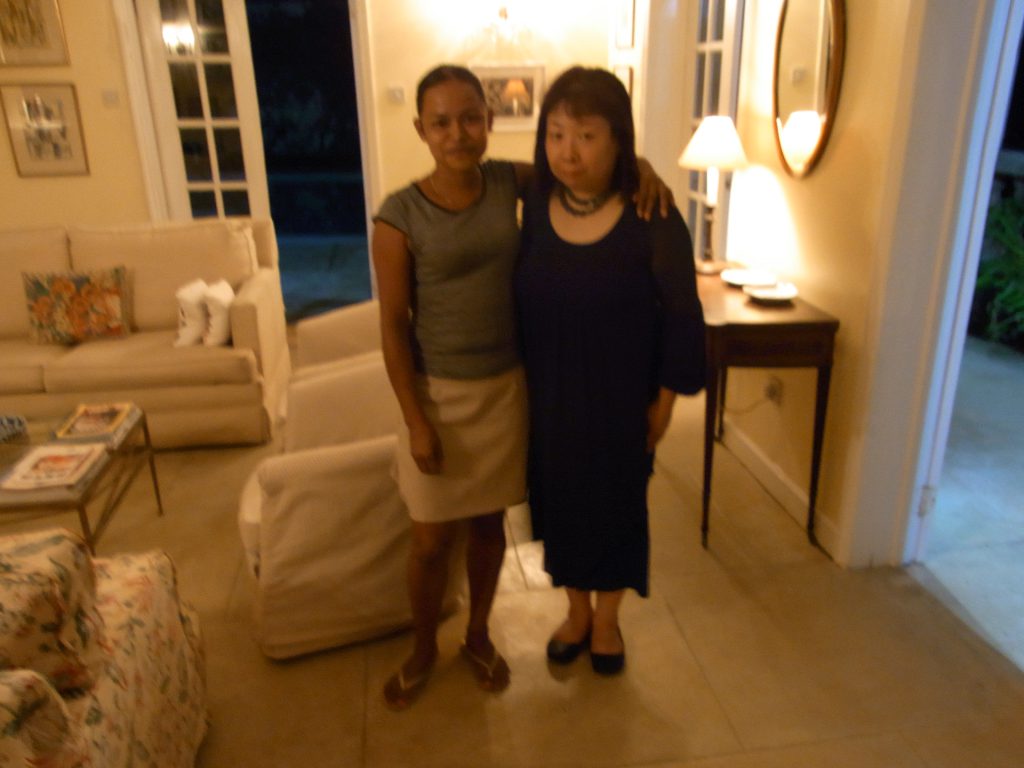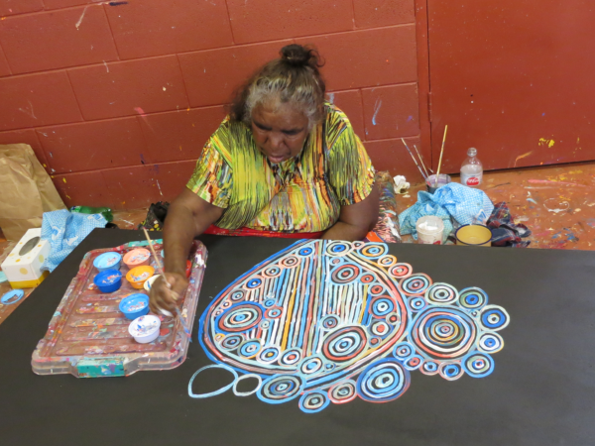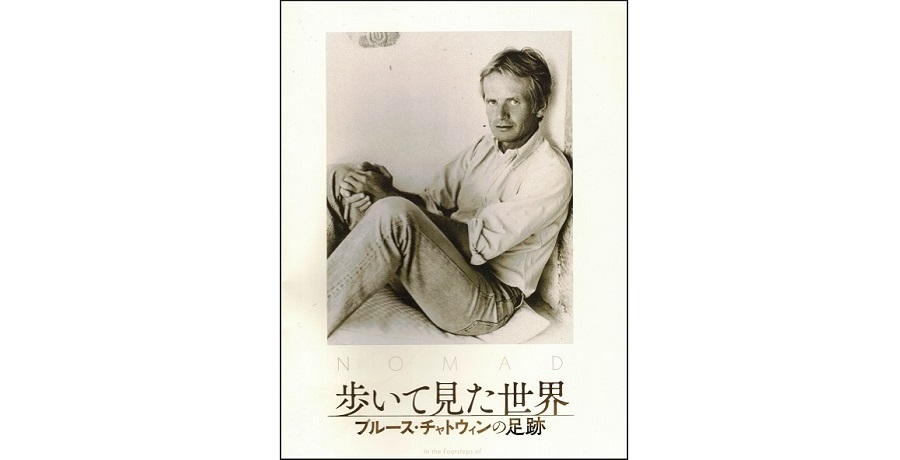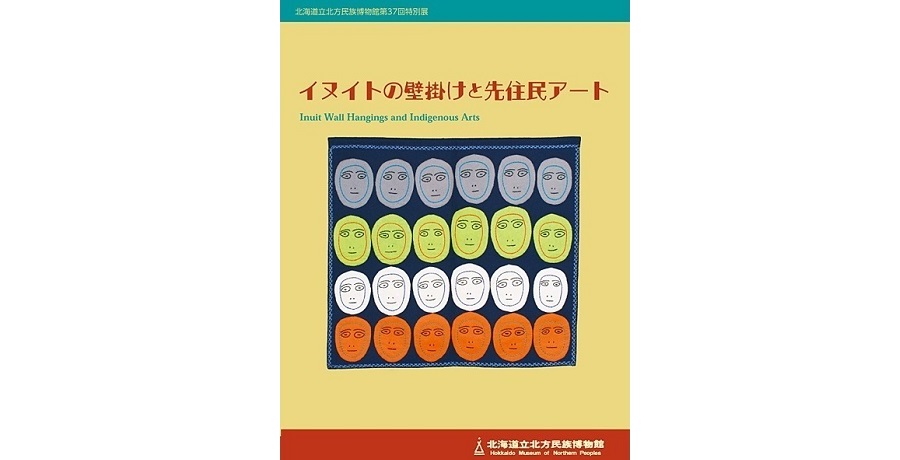Details of the Initiative
Reading literatures in “englishes” as well as the lands and waters that have nurtured them―written texts are not only the sets of meanings for us to decipher (Note 1). Acquainting new readers with languages and stories that grew from the seedlings transplanted by the immigrants and have cross-pollinated with local species (Note 2). Learning from the indigenous peoples of the world, especially those in Australia: they have maintained and sustained their ancestral lands for at least forty thousand years, which provides them unequivocal ground for critical insight into today’s global civilisation (Note 3). Rediscovering a model of successful tourist industry compatible with the protection of cultural and intellectual property rights for the original inhabitants in the case of historical development in Akan Lake district, Hokkaido (Note 4). Proposing dynamic recognition of sexuality that resolves static labelling of LGBTQ. Referring to the achievements and methodologies of cultural anthropology for resisting narrow-minded lookism and peer pressure.
These themes and methodologies have been found, connected, and expanded in my research from the perspective of comparative literature and culture. They are inseparable from my works in the fields of creative writing (and academic study is indeed creative) and of educational activities inside and outside the classroom. A fundamental question is always there: Can we imagine a flat plain of coexistence, where “Others” are not enemies nor competitors or slaves but neighbours, can we describe it in practical everyday terms instead of those of imposed ideologies? The ideas for survival to fit us all are not to be given up.
- Nakamura, 2020, 2022. “Colonial Bookworm Girl: Jean Rhys’s Quartet.” Studies of Comparative Literature 106, 107. The University of Tokyo
- Nakamura, 2021/11/05. “Looking at the Earth from the North Pole – ‘Northern Lights’.” Frontier Book: Those who live an alternative life, edited by Sogo Hiraiwa
- Nakamura, 2020. “Re-examining Lance Bennett Primitive Art of Australia: The Background of the Exhibition in Japan and the Unpublished English Manuscripts.” Bulletin of Institute of Humanities, Meiji University 87
- Nakamura, 2015. “Links between Lake Akan, Maeda Masana and Ainu Designs.” Ismia Liberalia (Isumia), Bulletin of Graduate School of Humanities, Meiji University




